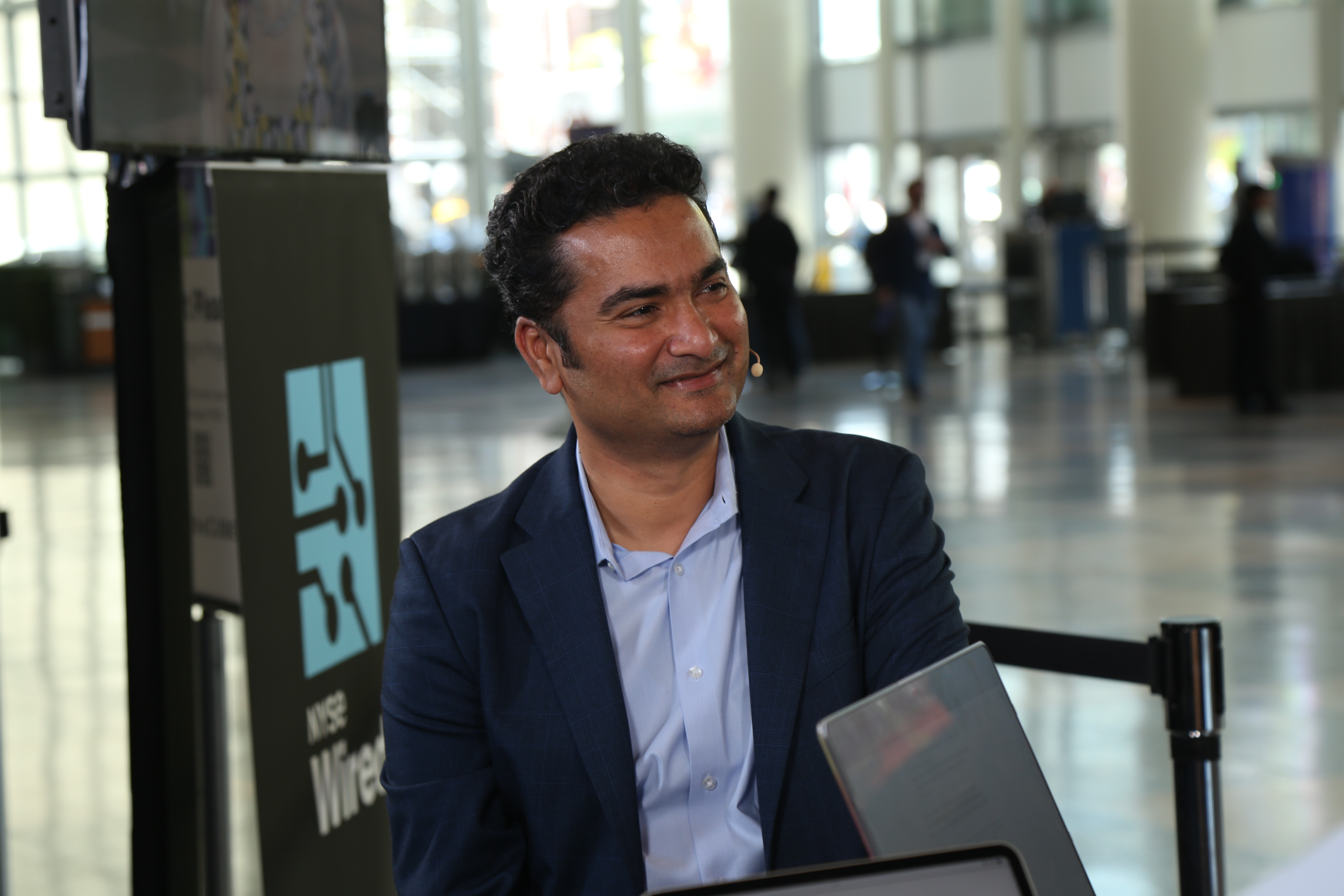AI-powered threat detection is becoming essential as cyberattacks grow more sophisticated through advancements such as generative artificial intelligence.
Fighting AI-driven threats with AI is critical because only intelligent, automated defenses can match the speed and complexity of today’s attacks, according to Deepen Desai (pictured), chief security officer and executive vice president of cyber and AI engineering at Zscaler Inc.
Zscaler’s Deepen Desai talks with theCUBE about the game-changing impact of AI-powered threat detection.
“To fight AI-driven attacks, you need to leverage AI,” Desai said. “We’re a big proponent of zero-trust architecture … but when you start thinking about AI application, the overall threat model changes slightly because you need to now worry about two things. One is all the data that is going to be leveraged to train those models. The other … is where they’re going after your models, the outcomes — so, poisoning those applications to result in outcomes that may favor one thing over the other. It’s better called poisoning attacks.”
Desai spoke with theCUBE’s Dave Vellante and Jackie McGuire at the RSAC 2025 Conference, during an exclusive broadcast on theCUBE, News Media’s livestreaming studio. They discussed the need for AI-powered threat detection as the attack landscape becomes more sophisticated. (* Disclosure below.)
The role of AI-powered threat detection in combating phishing at scale
Phishing attacks have become more targeted and context-driven thanks to advancements in AI, based on findings from Zscaler’s 2025 Phishing Report. These evolving tactics highlight the growing need for AI-powered threat detection, according to Desai.
“One of the findings in our recent report was that phishing attacks went down, but the quality of these attacks, as you mentioned, spear phishing, more targeted in nature, more context being brought in when they’re going after an organization,” he said. “It indicates that these guys are leveraging AI to craft those templates, to bring in that current news context as well. You need to enable your organization with AI adoption securely, but then, you also need to be wary of all the risks surrounding that.”
Hybrid attacks are an emerging and increasingly dangerous cybersecurity threat because they combine AI-driven content with traditional phishing tactics. For instance, attackers use AI to craft highly personalized emails and messages, Desai pointed out.
“We’re going to see hybrid attacks where both AI-driven content and the traditional means are combined,” he said. “During our appraisal cycle, there was an email claiming to grant the [chief executive officer] equity that went to a few targeted employees. This was a real attack, and that has happened across the board. Now, fun fact over there, our CEO, Jay [Chaudhry], also received that, which was an absolute failure on the AI side, but they’re going to bring in this context when they go after organizations … they will use multiple channels to make it more and more believable.”
Here’s the complete video interview, part of News’s and theCUBE’s coverage of the RSAC 2025 Conference event:
(* Disclosure: Zscaler Inc. sponsored this segment of theCUBE. Neither Zscaler nor other sponsors have editorial control over content on theCUBE or News.)
Photo: News
Your vote of support is important to us and it helps us keep the content FREE.
One click below supports our mission to provide free, deep, and relevant content.
Join our community on YouTube
Join the community that includes more than 15,000 #CubeAlumni experts, including Amazon.com CEO Andy Jassy, Dell Technologies founder and CEO Michael Dell, Intel CEO Pat Gelsinger, and many more luminaries and experts.
THANK YOU

